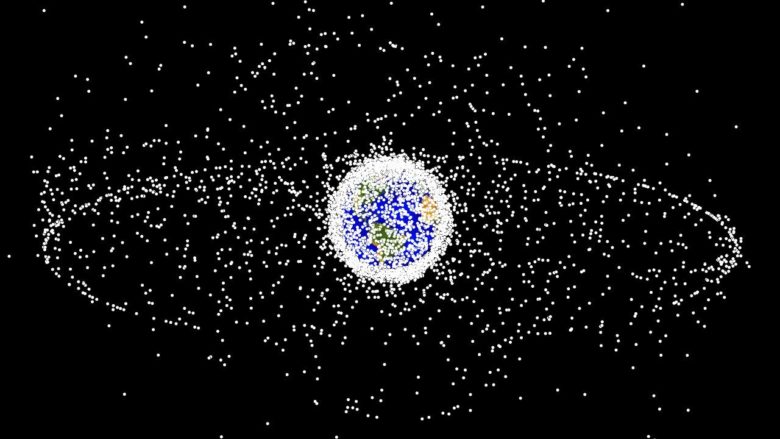
The earth depicted in the classic Pixar movie Wall-E is a dramatization of the ultimate consequences of our wasteful actions: a world entirely uninhabitable because of trash. The adorable robot builds skyscrapers out of garbage (funnily enough, there are efforts in many laboratories and sustainability firms attempting to create a similar solution). The cherry on top of that whole situation was that, when he finally escapes the trashed planet, he bursts through a shell of space trash and debris. Animators created an atmosphere clogged with old satellites, space stations, and who knows what-else. While it would take a LOT of space trash to make a cloud that big, we are unfortunately already on our way. There are currently 8,261 satellites orbiting Earth, with about 5,400 actually active and in use. That leaves roughly 2,800 man-made objects stuck in orbit, at the mercy of the whims of the upper atmosphere.
Nasa, SpaceX, and other institutions with stakes in the sky are now realizing the actual risk posed by these inactive flying objects. They can crash into active satellites, causing issues in the globally-connected network we rely on for nearly every aspect of our real and virtual lives. They can re-enter the earth’s lower atmosphere, and while they usually burn up upon entry, parts can remain intact and cause potential damage. There are plenty of logistical and practical reasons for which astronomers and rocket scientists are concerned about space debris, but there is another, more ephemeral aspect to our future that, while not considered scientific, might still be of philosophical importance. We, as humans, evolved from and with the planet we call home. As we push into the frontiers of outer space, we are realizing how vast and fragile our existence really is. The stars remind us that we are humble creatures and yet capable of beautiful and terrible things. Peering into the night sky is to peer into space, time and maybe the face of God herself. If, instead of the photons traveling unfathomable distances to create the constellations of our forefathers, we saw rings of lights of our own making, would we close the distance between ourselves and the cosmos. Would we open ourselves to the possibility that we know nothing at all? In the words of Heisenberg, we may look into the universe and find only ourselves.

